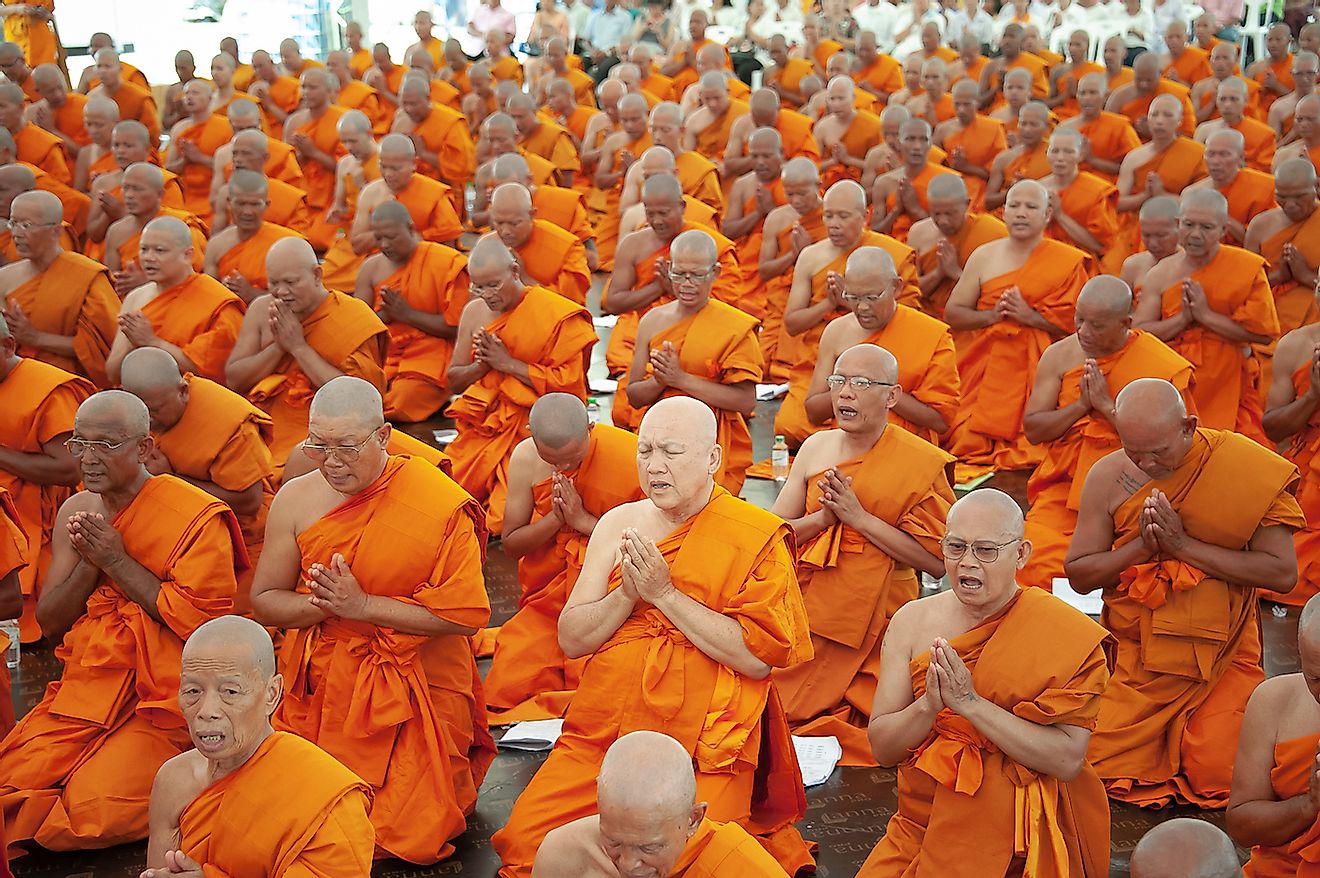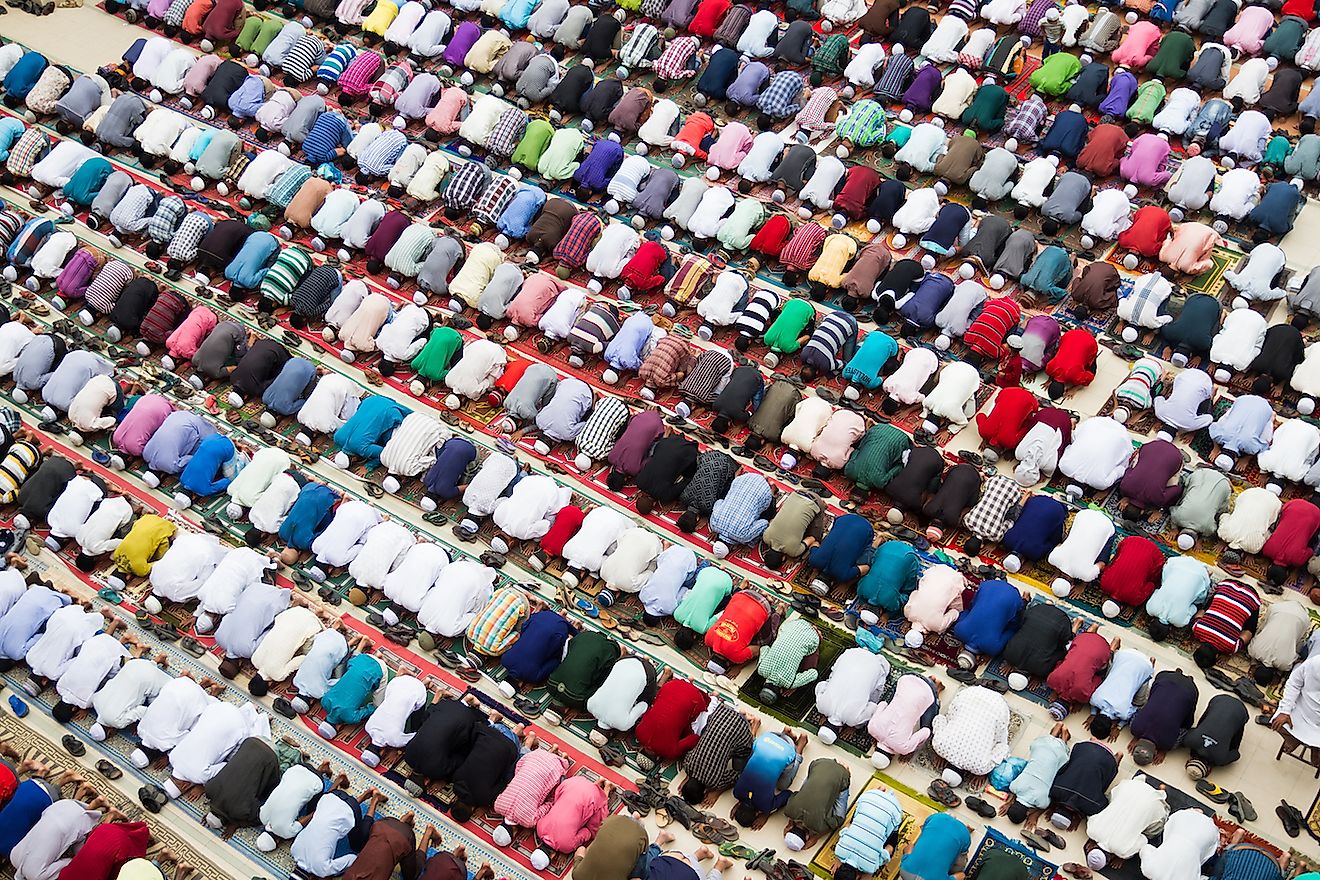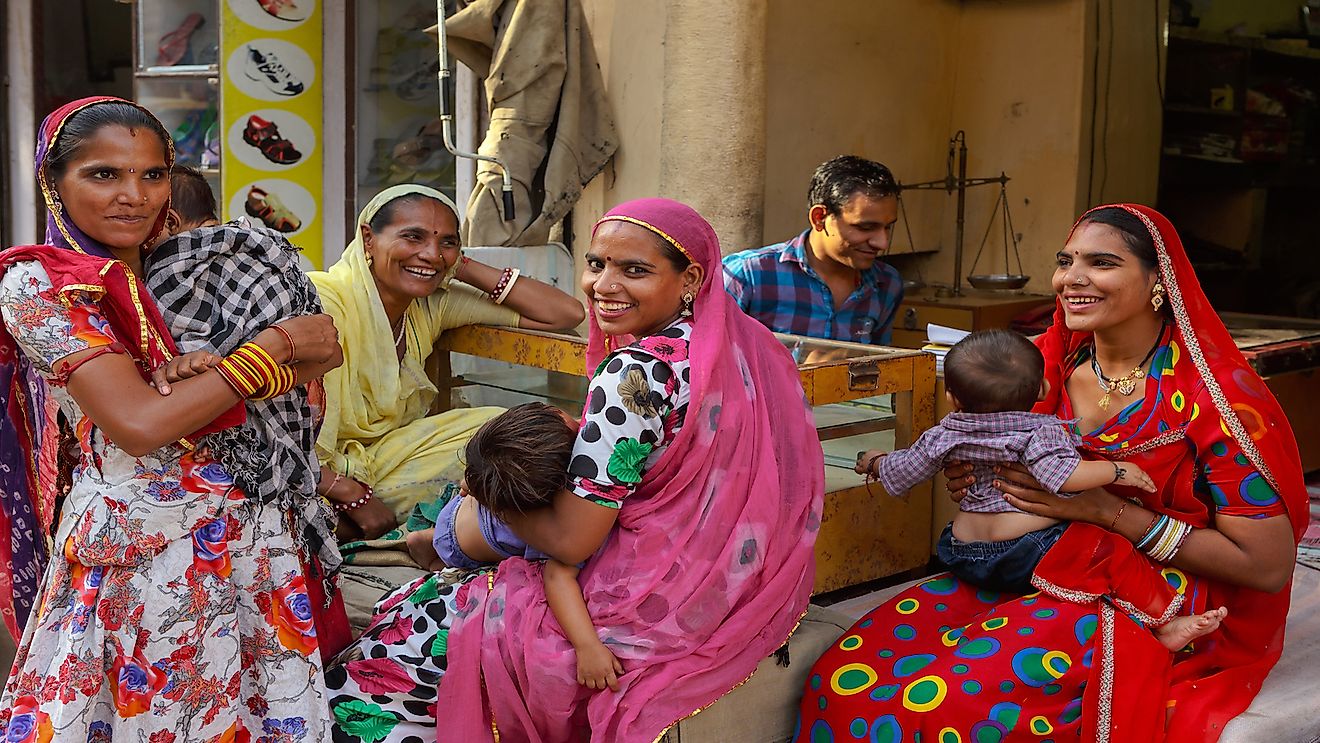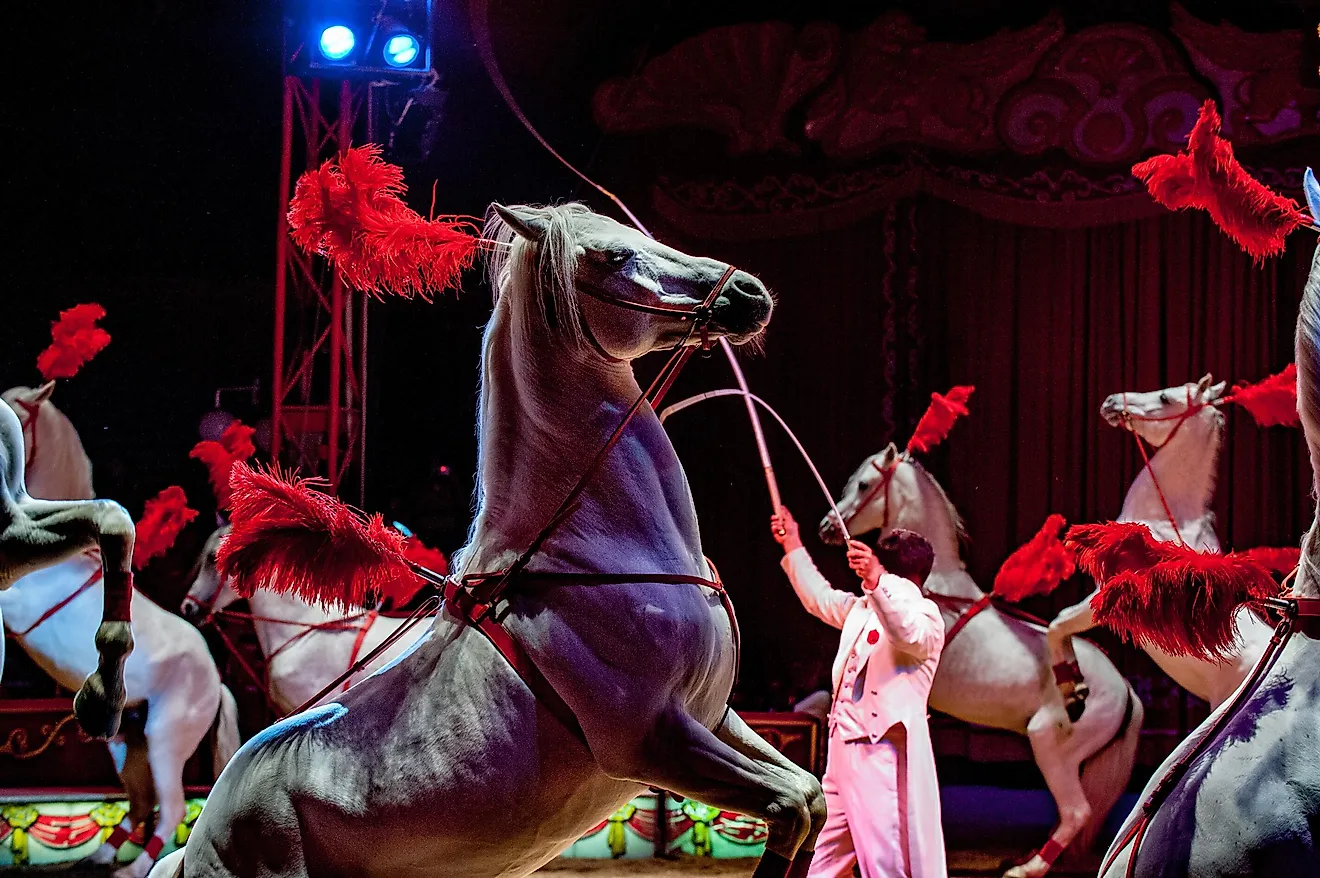What is the Difference Between a Republic and a Democracy?
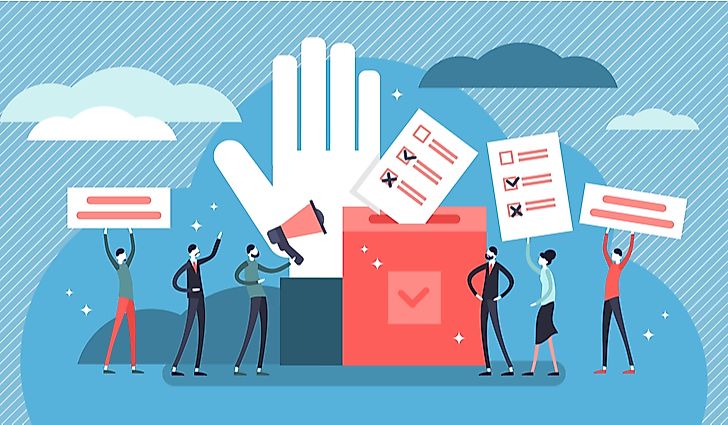
Republics and democracies are both valid systems of government in which citizens are given the right to vote and determine governance. However, between the two, the amount of input that an individual has on law creation is different.
Within a republic type of structure, there's usually a base ground that keeps some rights un-changeable by the hands of government, i.e., a constitution. In a democratic system, the elected majority can suggest and implement new laws into the existing political frame. This crucial difference in limitations of each political system has a massive significance in comes up often in questions of minority rights.
Voter Rights and Problems of Earlier Political Systems
One of the most known democracies was the one that was practiced in the Roman Republic, which dates all the way back to 500 B.C. It was a representational system that even had its own constitution. Although unwritten, it was subject to change based on the conditions that were present in the society at a given moment.
The most prominent classical Greek philosopher, Socrates, had a problem with the ways that the democratic system was supposed to be built on. From his point of view, voting was a very responsible role each citizen had to take, and it was something that needed to be taught. For him, it was even dangerous to let someone who is not well informed and educated to participate in the voting process.
Both democratic and republic types of government materialized when people realized that the previous systems like monarchy or oligarchy didn't function very well. Law creation and human rights were no longer to be trusted into the hands of a single person, family, or a small group of people and were made through representational systems of a democracy or a republic. The point of this was to create a political system that gave every citizen the same voting rights, so they could have a say in the laws that would regulate their everyday life.
Representational System: Both in Democracies and Republics
Case Study: Switzerland
One of the world's best examples of a democracy can be seen in Switzerland. To make any changes or additions to the constitution of the country's federations, it is necessary to hold a referendum. Those alterations to the constitution can be pressed by anyone who is a Swiss citizen through the popular initiative. If the terms of the initiative have been met, the laws can be challenged and changed through the referendum where everyone gets a say.
Case Study: United States
The United States is an excellent example of a republic. The U.S. is made up of states (like Texas or Florida), and each of them is given the opportunity to choose who will be the state's representatives through elections. Those representatives later group in larger numbers to create a political party. The party that has the highest number of elected representatives can form the government.
The representational system, which can be seen in both democratic and republic type of government, can therefore be explained as a way of increasing the power of political parties when dealing with problems that affect a large part of the population and at the same time as a tool that allows the citizens to engage in law creation.
Although democracy is a widespread denominator in the political discourse of today's day and age, a republic is the most prevalent and accurate system to describe most of the worlds' governments. Those governments vary in some ways, and they can be in the form of presidential or parliamentary systems or even constitutional monarchies like the United Kingdom or Japan.

